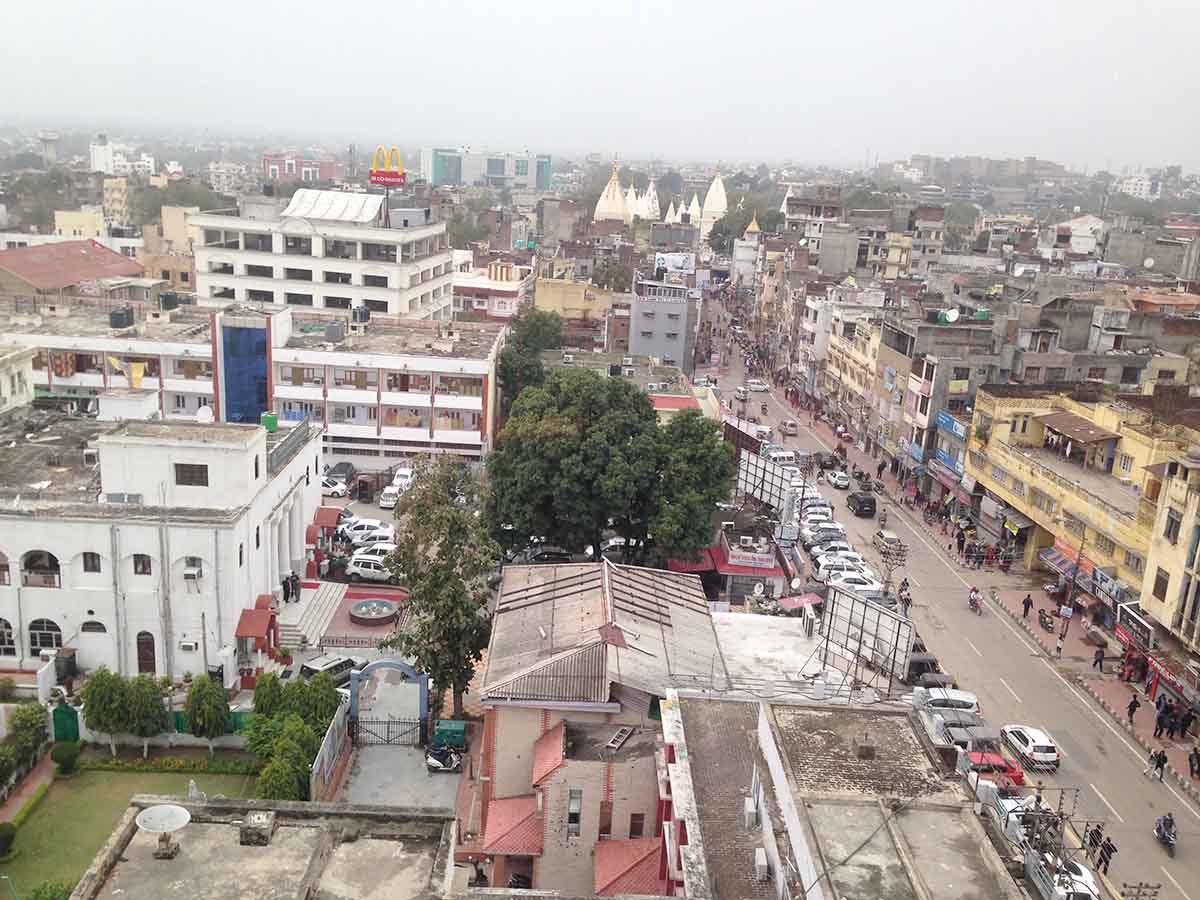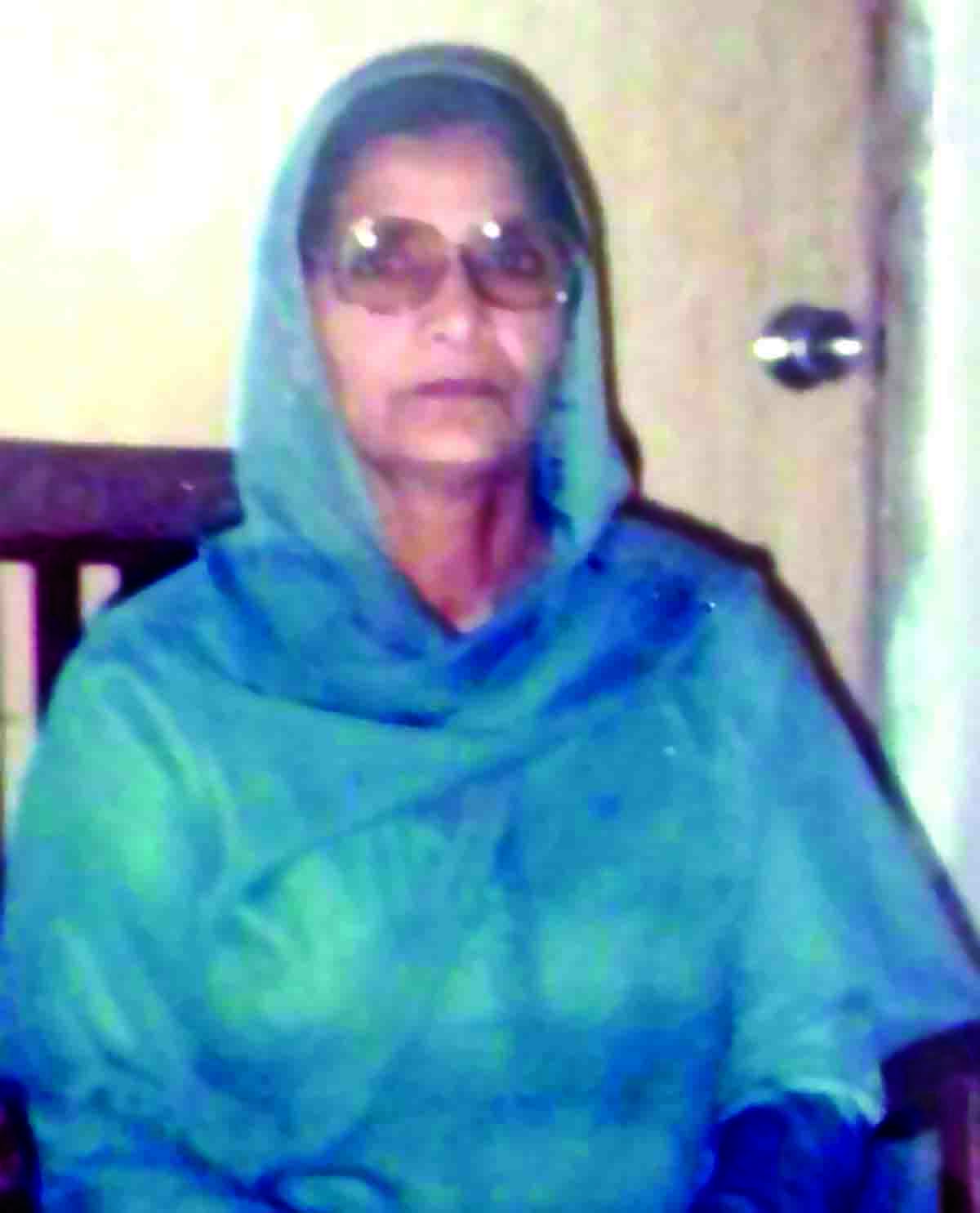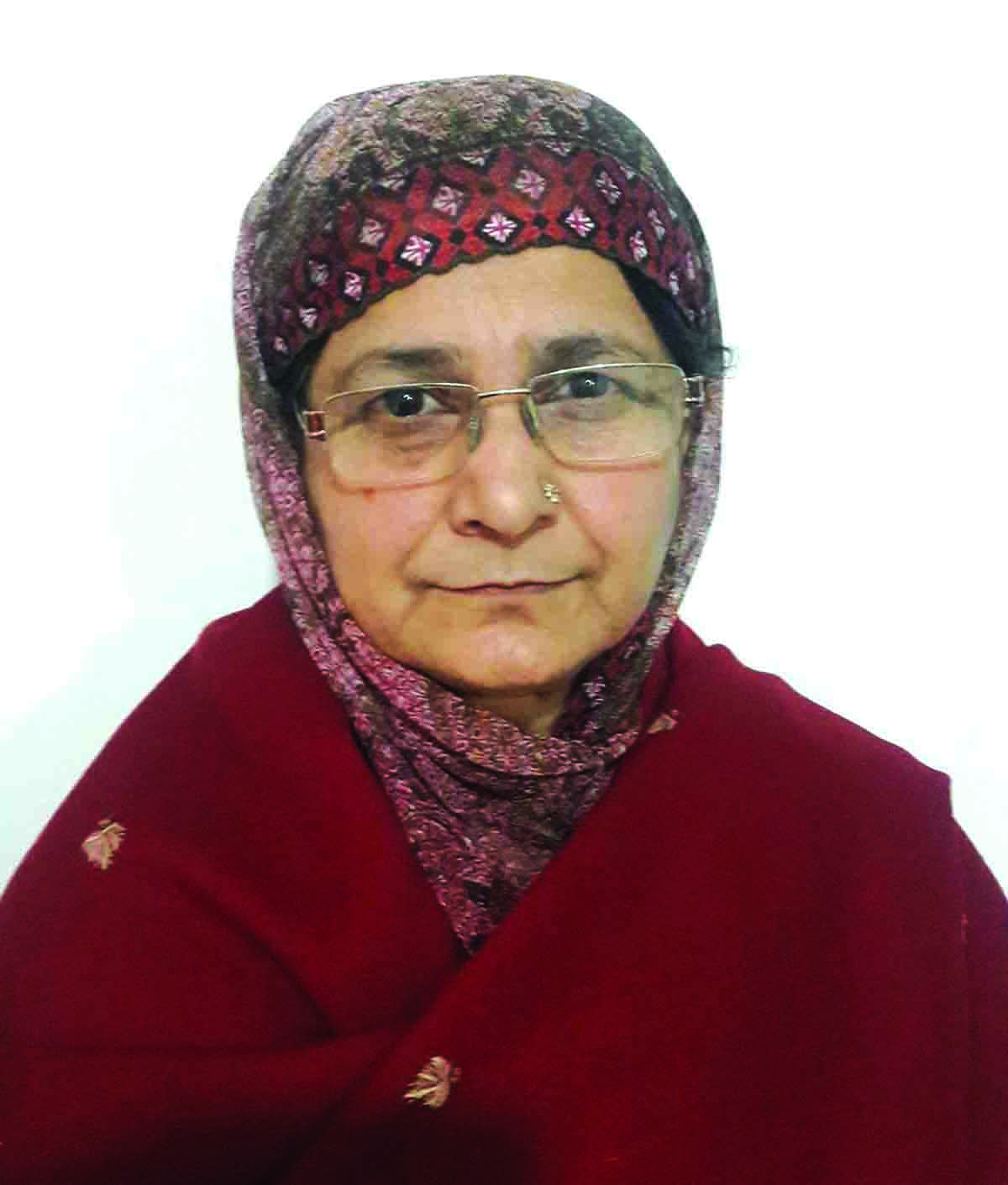Amid tensions across J&K, there is one great development: the Quran is finally having a Dogri translation and it will be out this summer. Javid Mukhdoomi, the former Kashmir Police Chief, offers details of the translator and her tryst with the Muslim holy book

Since the seventh century when the first chapter of the Quran, the Surah Fateh was translated into Persian, taking the holy Muslim book to non-Arab populations has been a continuous process. In the last 1300 years, the Quran has been translated into almost all major spoken languages of the world. Certain languages have multiple translations, transliterations and the interpretations, the Tafsirs. Open source information suggests that there are more than 115 translations of the Quran right now in the market.
Circa 2018, is going to be exceptional. By this summer, the Holy Quran will be available to a vast population in Dogri. It is currently being printed and will take a few months more. In fact, the Para Am, the last of the 30 Juz, was already in the market and now the entire Quran will be in Dogri.
This translation is the outcome of Rajouri based Shah Hamdan Society. Ms Azra Choudhary has translated it. It has been a completely different experience for Azra. It has taken her last five years and she had to follow a strict routine that befits a believer and an academic in ensuring a flawless exercise.
The project came to Azra in interesting circumstances. A few years back, Azra came into contact with Abdul Qayum Nadvi, Principal of a school in Rajouri, through Mrs Shamima Nadvi, daughter of legendary singer and poet Janbaaz Kishtwari. Shamima and Azra were colleagues in the Jammu and Kashmir Academy of Art, Culture, and Languages. Nadvi asked Azra to translate Holy Quran into Dogri given her knowledge of the language. Both Mrs and Mr Nadvi are members of the Shah Hamdan Society that Farooq Muztar has founded.
Initially, Azra was reluctant. Traversing through turbulence’s and tribulations throughout her life had impaired her confidence. After consistent insistence, Azra agreed to translate the Holy Quran into Dogri language.
Azra has done masters in Hindi and Dogri and led the Dogri section of the Academy, a position she retired from. She told me that the manuscript has been handed over to printers and it will be available by summer.
Having the Quran in Dogri is a great development indeed. But it is also important to know who the translator is. But to understand Azra, we will have to know Razia first.
Razia was the daughter of Choudhry Abdullah Khan, a landlord of Chak Jaffer in Jammu’s R S Pora belt. Khan, her father, had remained a member of Praja Sabha, Maharaja’s assembly, and wielded considerable influence in the area.

A year before the communal rioting and massacres in 1947, Razia was married in 1946 to Choudhry Ghulam Ahmad of Darsopur, in Miran Sahib. While disastrous communal riots were spreading in Jammu and elsewhere, Razia’s husband like other villagers, shifted women folk for safety to a nearby glass factory run by his Hindu friend. During the fateful first week of November 1947, a strong mob of marauders armed with swords, bamboo sticks, iron rods and other implements raided the village and went into a spree of killing, looting, and rape. In the melee, most of the males were killed.
The women who had taken refuge in the glass factory got distributed amongst the marauders and killers like a bounty. Razia was told that her entire family has been wiped out. Razia had seen Muslim folk getting killed from a distance while she hid in a glass factory. She was too innocent and naive to take a decision and haplessly waited. She did not know that some of her family members including her husband had miraculously survived.
Ultimately she was taken as bounty by one Balwan Singh, a resident of Thub village in Jammu’s Gao-Manasa belt. He took Razia to Punjab where they lived at different locations including Amritsar, Ludhiana, Jallandhar, Ambala and other places. Balwan Singh used to visit his village in Jammu, not too often, and collect meagre money to supplement his income by doing small jobs in Punjab.
In 1965 Balwan Singh had come to his village on a routine visit and died as he had turned alcoholic. In between 1947 and 1965, Razia had given birth to a son, Karan Singh, and two daughters, Reva Rani and Anju.
Knowing the roots of Singh, they moved to village Thub, Gao Manasa village. Razia was not accepted by Balwan Singh’s family. The family, however, was given shelter by Bhishamber Das Sharma, a patwari, basically a friend of Balwan Singh. He had an unoccupied room in his ancestral property near New Plot, Jammu.
Razia was keen in educating her children but poverty was the main impediment. She took up a small time job, stitching, and tailoring. Her son attained adulthood and got employment in GREF in North East. In 1969-70, plots were being allotted on Nazool land in Nanak Nagar and New Plot areas, by the state government.
In December 1974, Razia visited Tehsil office Jammu in connection with some revenue matter. She dramatically met her ex-husband’s sister, also her cousin, a resident of Dalpatian, Jammu. They met, embraced each other and wept bitterly. For the first time, she came to know that some of her close relations including her mother-in-law had survived the traumatic situation in 1947 and are living in Dalpatian, Jammu.
It took a bit of time for the families to reunite. They started regularly visiting her New Plot home. Then, Riva Rani was studying in part 2.
Later that year, on the occasion of Eid-ul-Azha, Razia’s family shifted to Dalpatian and never went back. Razia was told that her mother’s relations had migrated to Pakistan and are happily living there. Razia’s eight sisters had taken refuge in Sialkot and were settled in Pakistan. Some members of her in-law’s side had returned to their village in Jammu, she was informed.
Razia’s ex-husband Choudhry Ghulam Ahmed, a graduate of 1947, had miraculously survived and crossed over to Sialkot. After few years, when the dust had settled down, he returned to his village. After getting no trace of Razia, he married another woman. He never took a government job and was looking after his ancestral land holdings. Ultimately he died in 2010 at Darsopur, his ancestral village in Miran Sahib.

In Dalpatian, conversion from Hinduism to Islam was a challenge in 1974. But the family did it. Her son continued to be Karan Singh but Anju became Zarina and Reva, the eldest, became Azra. Soon, Azra started learning the Holy Quran, understood Nimaz, the Muslim prayers, from a local Molvi.
Accompanying her younger daughter Zarina, Razia went to Pakistan on a visit on April 29, 1979, and never looked back. Azra could not get a passport as in her school records she continued to be Reva Rani. It became possible only after her marriage with one Salamatullah in 1979, who has retired from Sports Council, Jammu. She ultimately died in Sialkot in September 1999. But a few years before her death Razia married Zarina with Assad, her brother’s son, in Pakistan. Zarina and Assad now live in the USA.
Azra stayed in Jammu. She did her graduation in 1976, MA (Hindi) in 1978, B Ed in 1985 and MA (Dogri) in 1987. She joined Education Department as a teacher in 1985. Soon, she got selected on merit as Research Assistant in Dogri Dictionary Section of Jammu and Kashmir Academy of Culture and Languages in 1992. She retired in February 2017 as Chief Editor, Dictionary Section.
This year, Azra will be part of Islam’s global history. She will be credited for adding one more language to the long list of translations of the God’s own word, the Quran.
(I am thankful to Azra for narrating her story to me with courage and confidence.)















